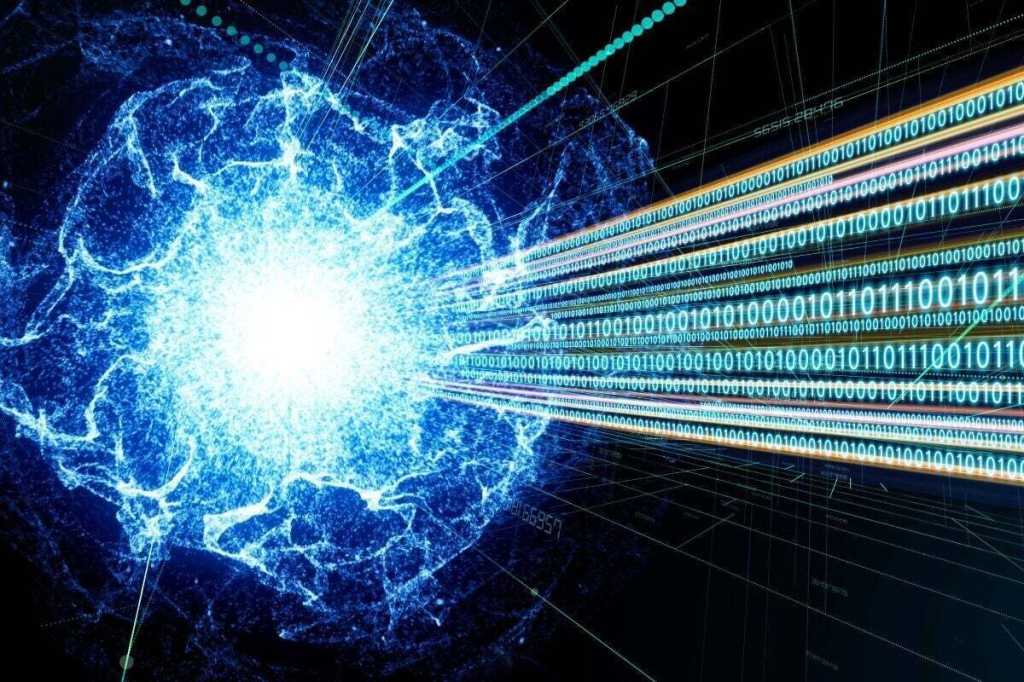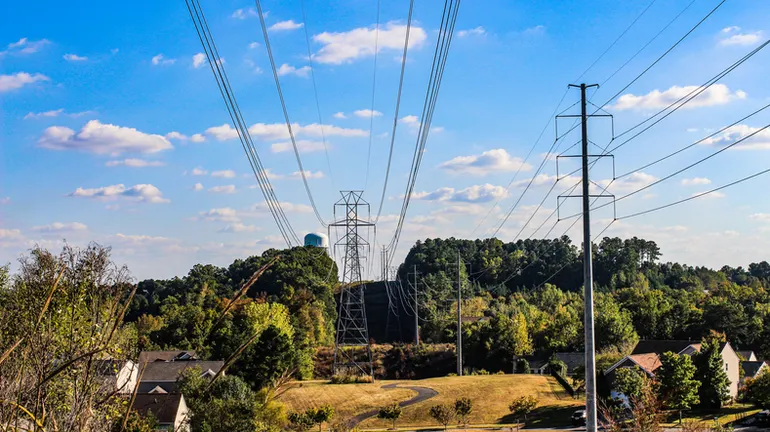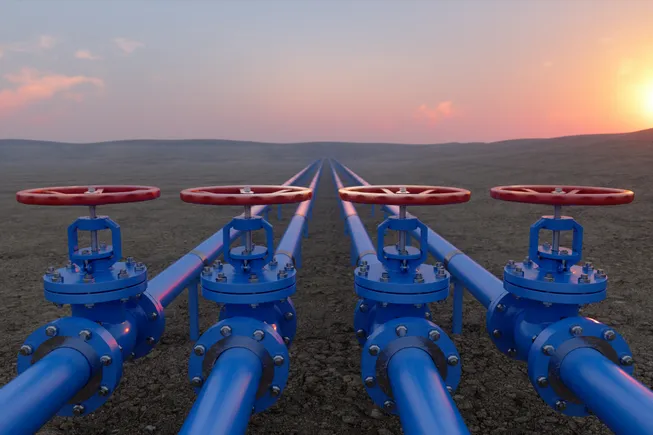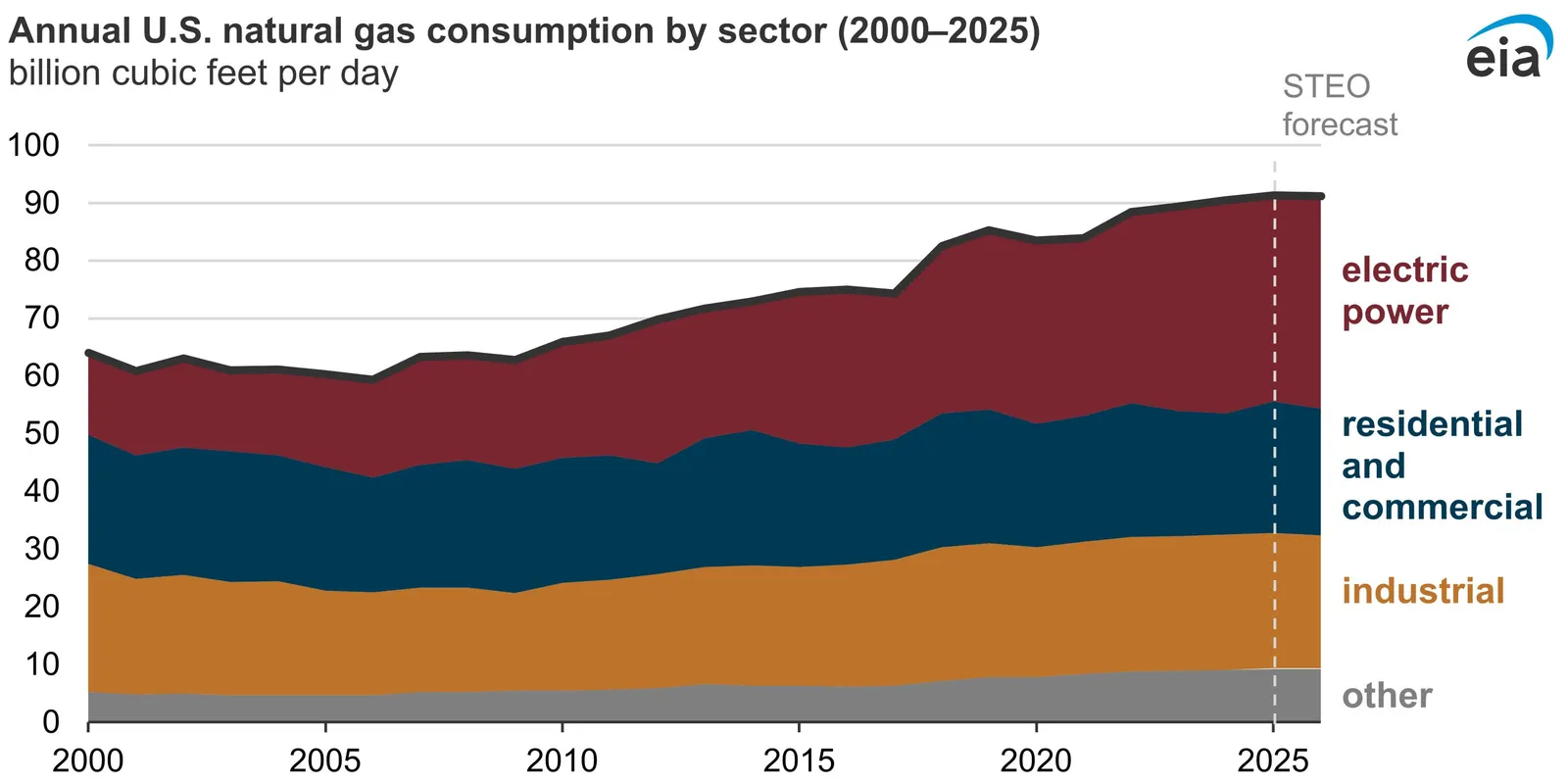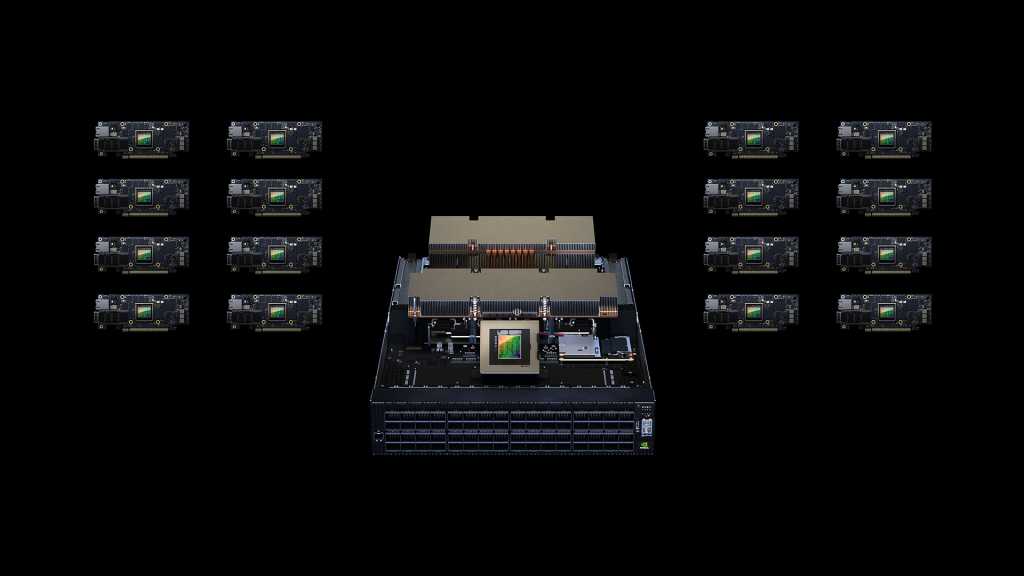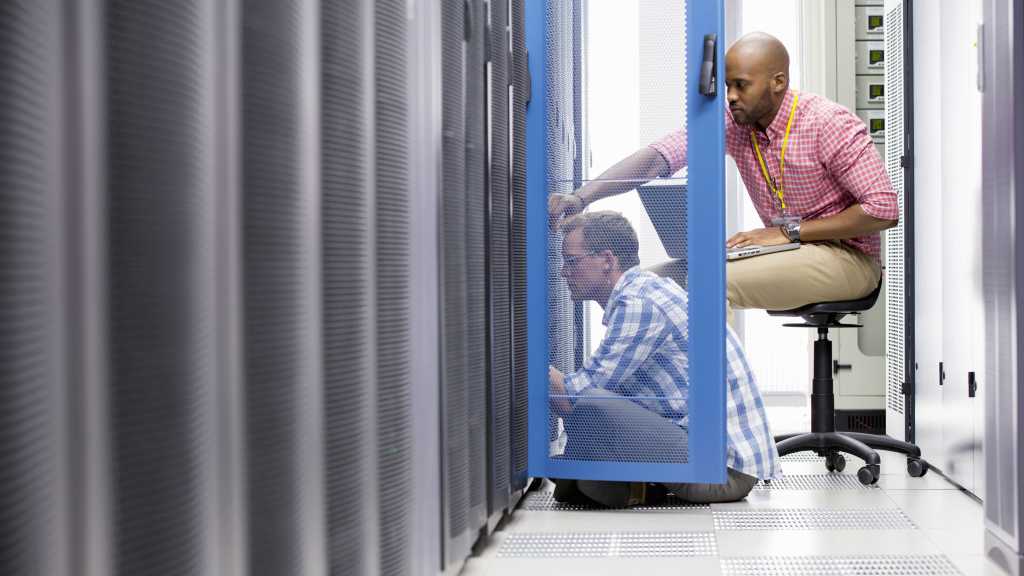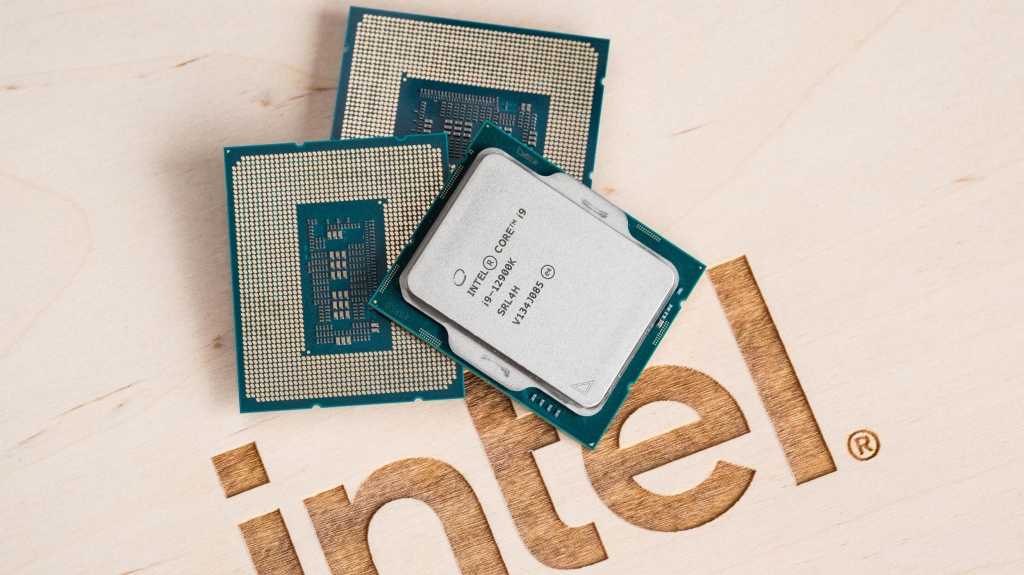
Concerns persist for Intel’s foundry business
These competitive dynamics become particularly relevant when examining Intel’s foundry division, where government backing provides financial stability, but analysts questioned whether this resolves fundamental business challenges.
The deal offers crucial breathing room for Intel’s struggling manufacturing-for-hire business, according to Alvin Nguyen, senior analyst at Forrester. “This $8.9B investment provides a financial lifeline as they find foundry customers and develop new processes,” said Nguyen. However, he cautioned that “this does not mean the risks associated with their foundry business are gone.”
The core issue remains attracting customers rather than capital availability. Gogia explained that “despite substantial subsidies, the foundry division continues posting multi-billion-dollar losses with limited customer traction.” The problem, he noted, is that “subsidies extend Intel’s financial runway but don’t address structural competitiveness weaknesses” such as yield rates and process maturity that customers demand.

